9 /10 1 Votes
Composer(s) Shinji Hosoe Initial release date September 1991 Mode Single-player video game | 4.5/5 Emuparadise Arcade system Namco System 21 Developer Namco | |||||||||||||||||||||||||||||||||
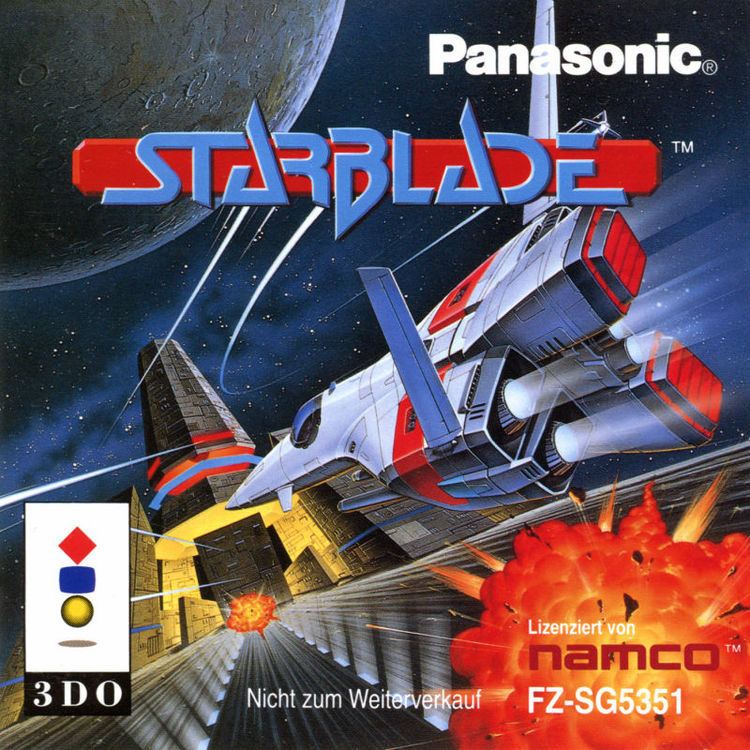 | ||||||||||||||||||||||||||||||||||
CPU 2x Motorola 68000 @ 12.288 MHz,
1x Motorola M6809 @ 3.072 MHz,
1x Hitachi HD63705 @ 2.048 MHz Sound 1x Yamaha YM2151 @ 3.57958 MHz,
1x C140 @ 21.39 kHz Display Horizontal orientation, Raster, 496 x 480 resolution Publishers Namco, Sega, Panasonic, Panasonic Software Company Platforms Arcade game, PlayStation, PlayStation 2, 3DO Interactive Multiplayer, Android, Sega Genesis, Wii, iOS, Sega CD Genres Shoot 'em up, Space flight simulation game Similar Namco games, Shoot 'em up games | ||||||||||||||||||||||||||||||||||
Mame starblade
Starblade (スターブレード, Sutāburēdo) is a 3D space-based rail shooter arcade game that was released by Namco in 1991. It was notable for its early use of real-time 3D graphics, produced using the Namco System 21 "Polygonizer" arcade system board, and it is believed to have had a strong influence on the 1993 Nintendo game Star Fox. It was later ported to the Sega CD and 3DO in 1994. It was also released on the PlayStation as Starblade Alpha in 1995, and received a re-release in 2013 on iOS as part of the Namco Arcade application.
Contents
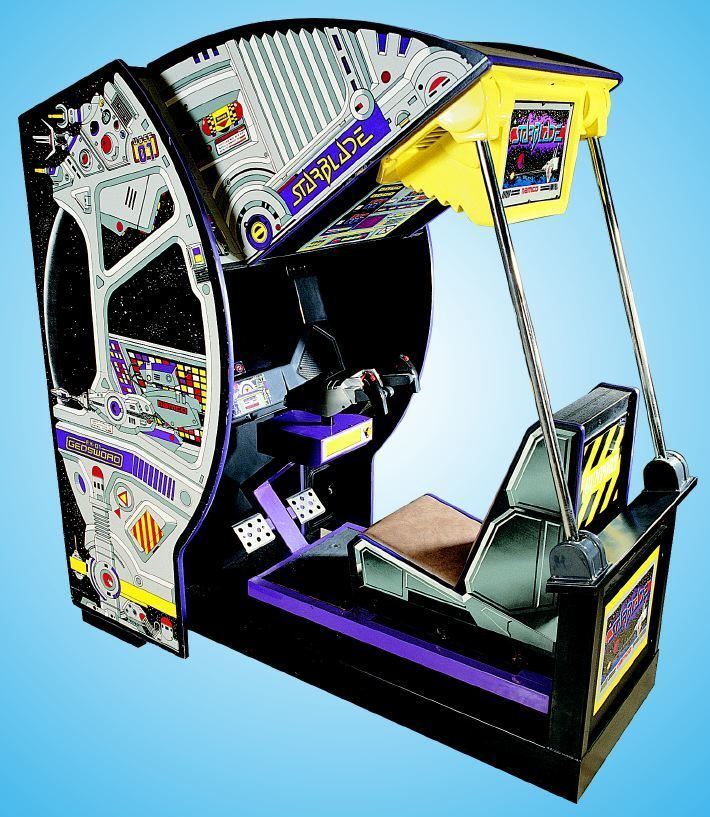
Arcade usa minisode starblade
Arcade

The appearance of a "pod" in which the "gunner" controlled a double barrel laser cannon, was not a totally new concept in the arcades, but what was new was the method of how the image was projected. The arcade version of Starblade used a concave mirror (molded of black, reflective, and flexible plexi) to reflect the image from a 26" standard resolution monitor at the top of the simulator housing. This gave the player an experience of a deeper space environment which, with its lens-like effect, had never been seen in any video game at the time.
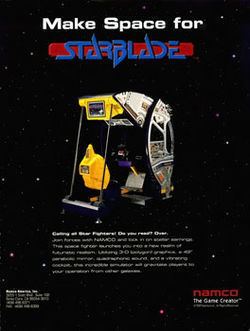
The player had a large and heavy 2-axis/4-button flight yoke controller which had a built-in red multi-LED lamp that flashed as enemies were destroyed. When the player was hit by enemy fire the seat would rumble and two strobes (similar to photo flashes) would flash. A 30VDC motor with an asymmetrical axis produced the seat shaking effect as the seat module was mounted upon three rubber cylinders that allowed the seat certain movement.
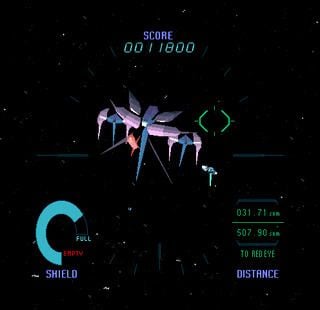
The sound was a surround type system with four speakers: two in the front below the large mirror, and two in the back of the seat. The US version cabinet had the rear speakers tucked into its monitor-box at the top (behind the yellow plasitc cover where the grilles could be seen). The amplified audio signal was only a standard two channel stereo signal, but with a specially designed amplifier PCB which separates the audio into four individual channels.

Starblade was shown in Tekken 5 during the opening loading screen, and as an unlockable classic game in the Arcade History section in the game. Starblade also makes an appearance in Ridge Racer 7 as the wheels manufacturer and features varieties of wheels from the game.
Reception
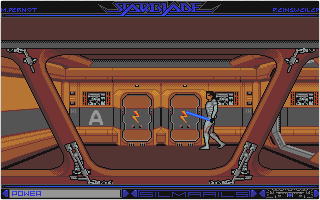
Reviewing the Sega CD version, GamePro praised the graphics and sound effects, and remarked that the highly simplistic gameplay would be unappealing and dull to experienced gamers but enjoyable and challenging to younger players. In their review of the 3DO version they again praised the graphics and sound effects, particularly the ability to choose between polygon graphics and texture-enhanced graphics, but criticized that elements such as the absence of power-ups and the slow movement of the aiming cursor make the game frustratingly difficult. A reviewer for Next Generation commented that "It's fast and furious, but also very, very short. Three stages and it's over. If the game had held out longer it might have been rated higher, but as it is, there's just not enough there."
Reviewing the PlayStation version, Maximum commented that the original arcade version had exceptionally pleasing graphics but very limited on-rails gameplay, and that "Whilst this conversion features extended PlayStation-specific modes (such as flat polygon or texture-mapped modes), the gameplay remains exactly the same and whilst this sort of action is fine in the arcades at a quid a go, you don't really get forty quid's worth of satisfaction out of the home product."
Enhanced ports
In the PlayStation (Starblade Alpha) and 3DO versions, players can choose from the arcade version of the game and an enhanced version. In the arcade mode, the game's graphics are made up of flat polygons and the screen has black bars on its left and right edges. For the enhanced mode, the game's graphics are made up of fully textured polygons with a fullscreen view of the action.
Sequel
A sequel titled Starblade: Operation Blue Planet was developed in 2002, and ran on the Namco System 246 hardware. The prototype consisted of a Namco O.R.B.S. cabinet which used a projector on a globe-shaped surface and a "slide in" seat module. This setup was intended to fully immerse the player. However, it never made past field testing.
